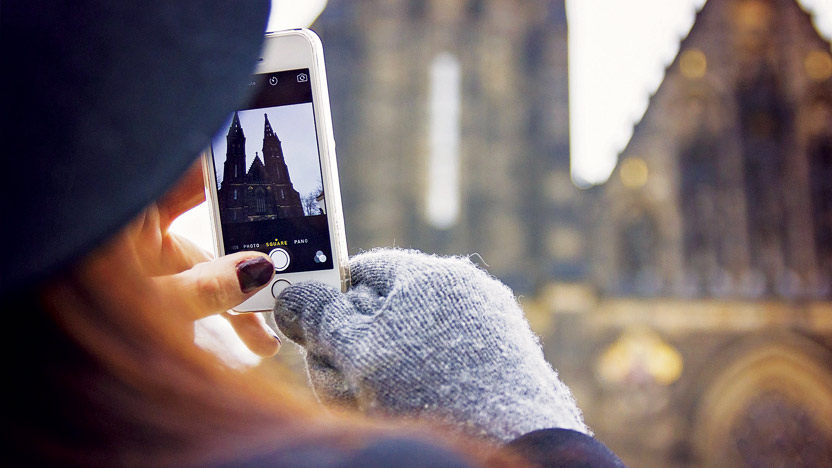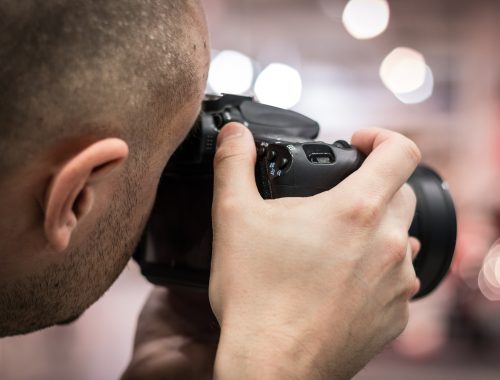Camera phones are a very popular way to take pictures. Though they can’t do all the same things as a digital or DSLR camera, they are comparable. Even better, smartphone cameras fit easily in a pocket or purse, so they can (and usually do) always travel with you, making taking photos a snap. But, in order to get the most out of your smartphone photos, you’ll need to know how to use it to its fullest potential. Are you utilizing these handy and features that are included with your camera?
Select Size
When you open your camera ap, either from your lock screen or your home screen, the camera screen will automatically appear in the same shape as your phone: rectangular. However, by swiping to the right, you can adjust the screen size to square – useful for apps like Instagram. Swipe right one more time, and you’ve got the extreme opposite – panorama. Additionally, if you’d like to take video or time-lapse, swipe left a couple times. You can capture photos of all shapes and sizes straight from your phone.
Specify Focus
When your camera loads, it will automatically guess what you’re trying to take a picture of and try to focus on it. However, that guess isn’t always correct. If your phone is having trouble placing emphasis on your subject, simply tap your screen where you want your camera to focus. It will automatically sharpen the focal point, and soften the rest, providing beautiful depth to your photos.
Control Your Lighting
When selecting your camera’s focal point, you’ll notice a box appears around it, and to the left there’s a little sun icon. That’s your phone camera’s lighting option. To adjust the exposure on your picture, simply hold the focus, and drag your finger up (brighter) or down (darker) on the screen.
Additionally, if you’re photo keeps appearing either too dark or too light, try turning on the HDR mode in the top menu of your camera screen. When in this mode, your camera will take a short series of pictures in rapid succession, and then combine them all into a single image that details the best use of both light and shadow. IE, darkening too bright objects, and lighting objects that are too dark, leaving you with one crisp, perfectly lighted photo with beautiful colors.
Though smartphones also have a flash option, it’s not necessarily not recommended. Just like on a regular camera, smartphone camera flashes can discolor photos and cause harsh shadows. When possible, shoot in good, natural lighting for the best results.
Zoom with Care
While it is possible to zoom on a smart phone camera by pressing your thumb and index finger to the screen and sliding them away from each other, be careful. DSLRs and other professional cameras are programmed with special zoom capabilities so that your photo doesn’t loose quality. The digital zoom on your phone? Not so much. That “zoom” function is actually just making the pixels on your image larger, meaning if you zoom too far, the image will start to look blocky, digitized, and blurry. Zoom with care.
Burst Mode
Need to photograph a moving target? Instead of simply tapping the shutter button, hold it down. This will tell the iphone to rattle off photo after photo until you lift your finger again, allowing you to catch your subject in action.
Have a plethora of beautiful phone photos that you aren’t sure what to do with? Consider turning them into a photobook, custom calendar, or collage poster to share with friends and family by using MyCanvas.com’s free, online, completely customizable templates. Get started today!




